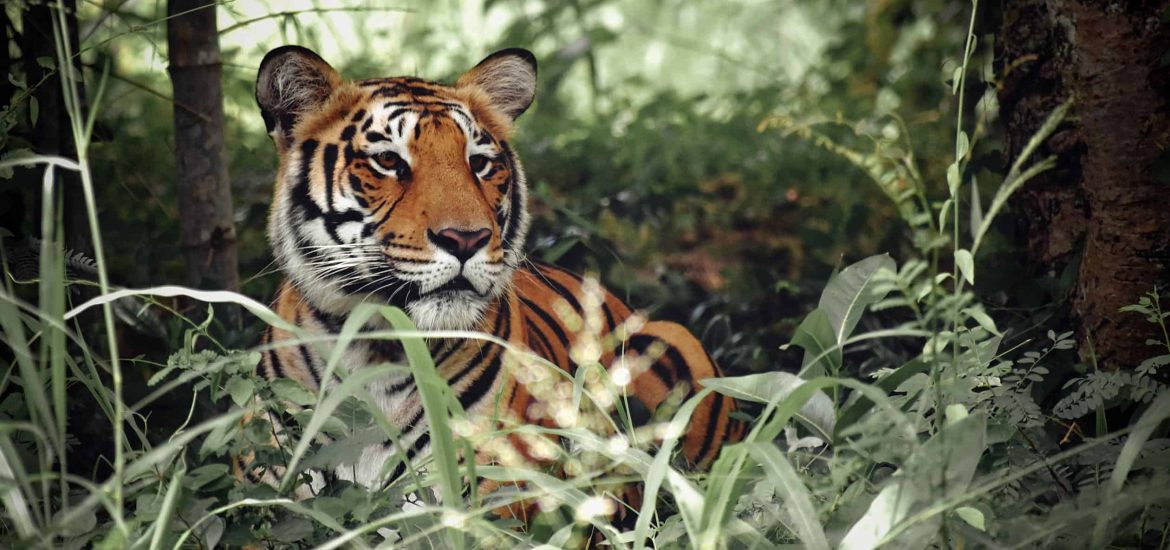Despite marked progress in several countries, tigers remain under grave threat throughout their remaining ranges.

From Thailand to Bhutan wild tiger populations have grown
Tigers are on the brink of extinction across Asia where only a century ago they reigned supreme as top predators. Then they numbered 100,000; now they are down to 5,000 or so. Their ranges, too, have diminished drastically over the decades, leaving them little room free from human interference.
That is the bad news. The good news is that in several nations the populations of the iconic predators have stabilized or even grown over the past decade.
India has doubled its tiger population to 3,682 tigers, which account for three-quarters of the world’s wild tiger population. Stepped-up conservation efforts have helped protect the critically endangered predators in the world’s most populous nation where space for wildlife is increasingly limited.
In Thailand too the number of tigers in the wild has doubled to nearly 200 in a decade. Although that is still well short of a robust population, it has been welcome progress.
In Bhutan the number of tigers in the wild has increased by a quarter since 2015 from 103 to 131, based on a comprehensive survey around the sparsely populated Himalayan nation.
“This is a significant achievement and an indication of a very healthy ecosystem. It also underlines Bhutan’s commitment to biodiversity conservation. WWF commits to continue working with the Government and partners towards holistic conservation efforts benefiting both people and wildlife,” stresses Chimi Rinzin, country director of WWF-Bhutan.
Despite these achievements, tigers remain under grave threat throughout their remaining ranges. They continue to face habitat loss and fragmentation, diminishing prey populations, human encrouchment on their territories and the weapons of poachers.
“Across their range, tigers face unrelenting pressures from poaching, retaliatory killings, and habitat loss. They are forced to compete for space with dense and often growing human populations,” WWF notes.
However, research indicates that tigers can thrive even near humans so long as they are left in peace.
Meanwhile, the success of countries like Bhutan can point the way forward in the conservation of tigers for other nations whose wild tiger populations have yet to rebound, conservationists say.
“Bhutan has implemented a suite of strategies to increase wild tiger populations, from adopting a global conservation tool that sets best practices and standards to manage wild tiger sites to equipping rangers with improved monitoring and reporting technology to make them more effective in stopping wildlife crime,” the conservationist group explains.
“And a cross-border tiger conservation program with India in the Transboundary Manas Conservation Area (TRAMCA) proved so successful that data from the most recent survey conducted in 2018 estimates that these big cats doubled in number on both sides of the political border since 2010.”








